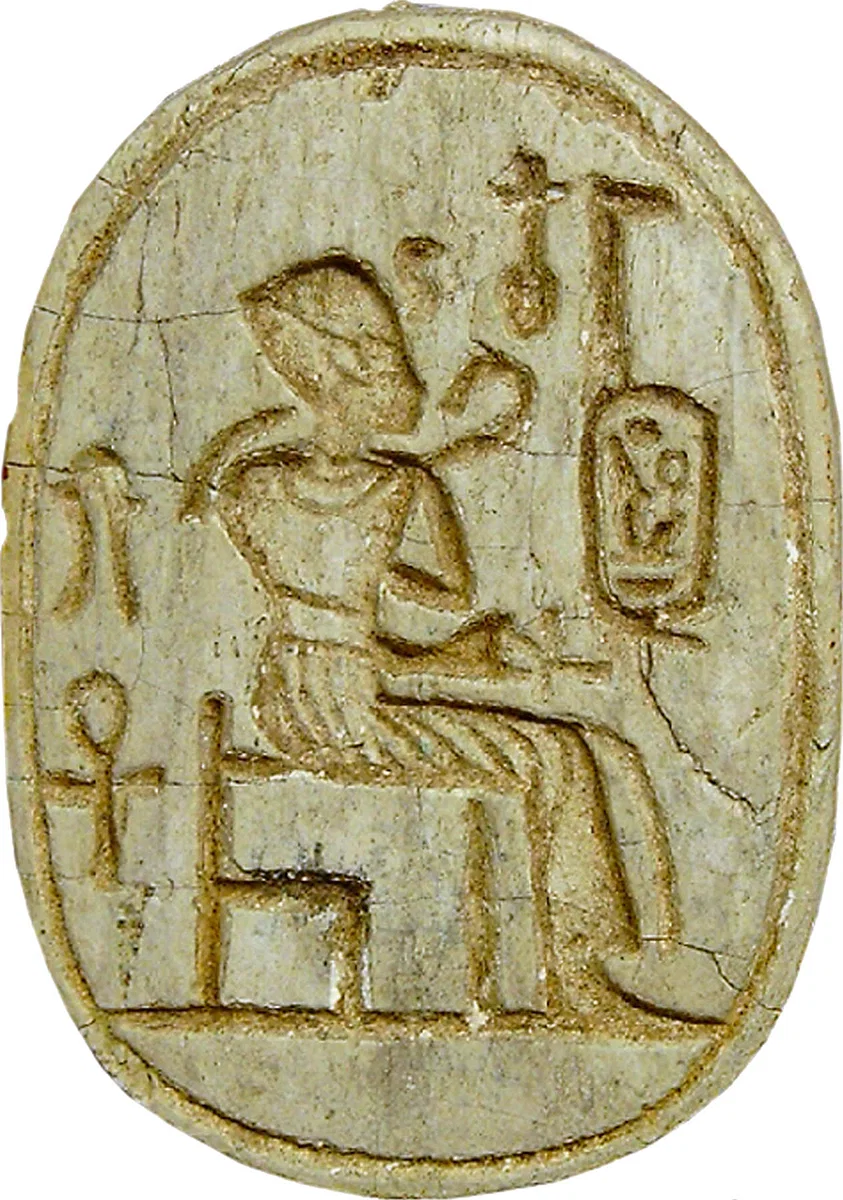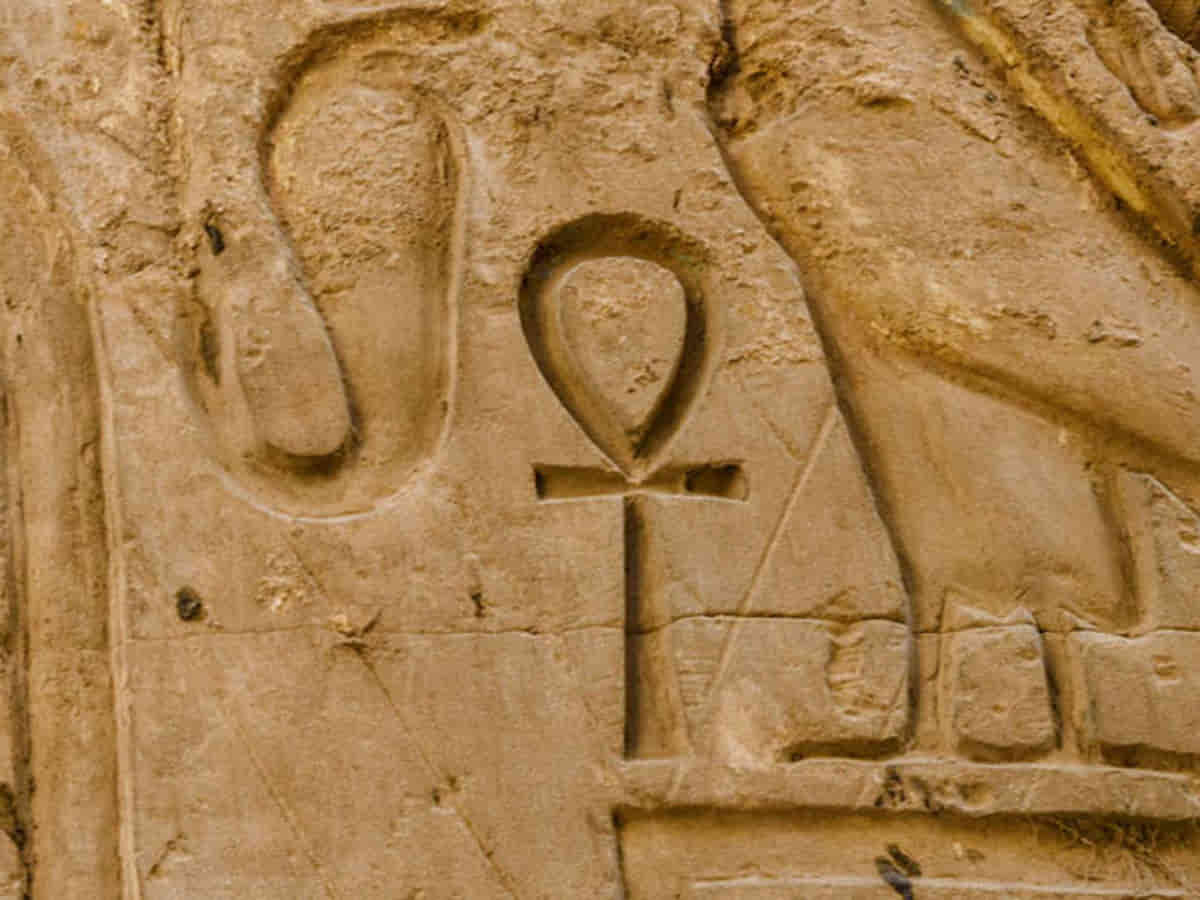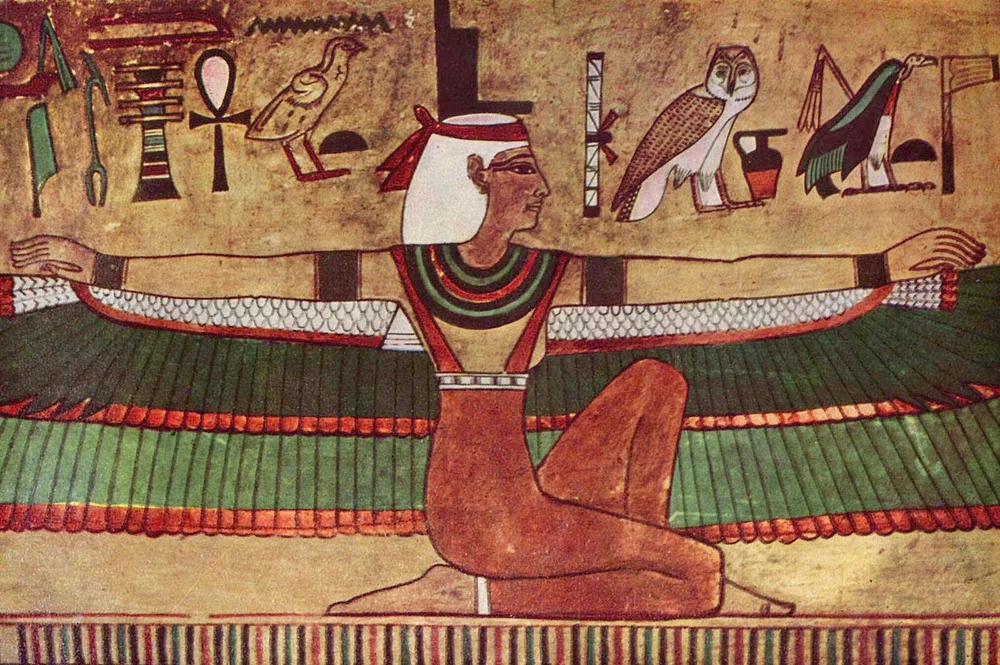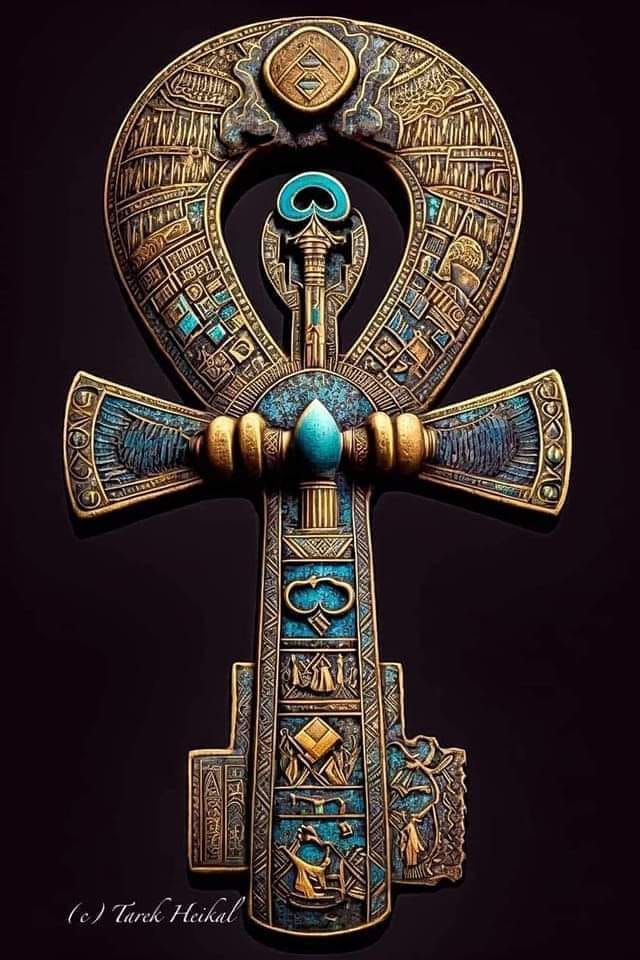The ankh, one of the most recognizable symbols from ancient Egypt, has captivated the imaginations of people around the world for millennia. Often referred to as the “key of life” or the “cross of life,” this iconic hieroglyphic symbol dates back to the Early Dynastic Period, around 3150-2613 BCE. Far more than just a decorative motif, the ankh held deep spiritual and symbolic significance for the ancient Egyptians, representing the very essence of life, both mortal and eternal.
In this comprehensive blog post, we’ll delve into the rich history and fascinating origins of the ankh, exploring its multifaceted meanings and its enduring influence on various cultures and belief systems. From its association with the powerful goddess Isis to its intriguing connection to the Christian cross, the ankh’s story is one of enduring significance and timeless relevance.
The Enigmatic Origins of the Ankh
The exact origin of the ankh symbol remains a subject of scholarly debate, with several theories proposed by Egyptologists over the years. One of the most widely accepted ideas comes from Sir Alan H. Gardiner, who suggested that the ankh may have developed from the shape of a sandal strap, with the loop at the top representing the ankle and the vertical post attached to a sole at the toes.

Another theory, proposed by Egyptologist E.A. Wallis Budge, links the ankh to the tjet, or “knot of Isis,” a ceremonial girdle associated with the goddess Isis and believed to represent female genitalia and fertility. This theory aligns with the ankh’s broader symbolism of life, renewal, and the afterlife.
Egyptologist Wolfhart Westendorf further supports Wallis Budge’s claim, noting the striking similarities between the ankh and the tjet symbol. Regardless of its precise origins, the ankh’s enduring association with life, the sun, and the promise of eternal existence has made it a powerful and enduring symbol in the rich tapestry of ancient Egyptian culture.
The Ankh and the Cult of Isis
The ankh’s rise to prominence in ancient Egypt coincided with the growing influence of the cults of Isis and Osiris during the Early Dynastic Period. As the goddess of fertility, magic, and rebirth, Isis was closely tied to the ankh, which was often depicted in her hands or used to revitalize the souls of the dead in the afterlife.

The cult of Osiris, which had previously dominated the religious landscape, eventually became overshadowed by the cult of Isis, as her promise of personal resurrection and eternal life through faith in her power gained widespread appeal. The ankh, with its potent symbolism of life and the afterlife, became closely associated with Isis and her ability to rescue her husband Osiris from death and restore him to life.
This powerful connection between the ankh and the goddess Isis imbued the symbol with even greater meaning, as it became linked to the promise of salvation and the hope of eternal existence in the afterlife. The ankh’s ubiquity in tomb paintings, inscriptions, and funerary objects underscores its central role in the Egyptian belief system and the afterlife.
The Ankh and the Christian Cross
The ankh’s association with the afterlife and the promise of eternal life made it an especially potent symbol for the Coptic Christians of Egypt in the 4th century CE. As the early Christian faith spread throughout the region, the ankh was readily adopted and assimilated into the new religion, serving as a symbol of Christ’s sacrifice and the promise of everlasting life through belief in his resurrection.

This adoption of the ankh by the Coptic Christians is believed to be the origin of the Christian cross as a symbol of faith. Unlike the more well-known Roman cross, which was a common form of execution, the ankh cross was already established as a symbol of life and rebirth, making it a natural fit for the early Christian community.
The early Christians of Rome and other regions, who initially used the fertility symbol of the fish as a sign of their faith, would have been unlikely to choose the image of the cross, which was a well-known instrument of execution. The ankh, however, with its strong associations with life and the afterlife, lent itself easily to the emerging Christian faith and continued to be used as a symbol of belief and devotion.
The Ankh in Daily Life and the Afterlife
The ankh’s importance in ancient Egyptian culture extended far beyond its religious and symbolic significance. The instant recognition of the ankh’s meaning, even among those who could not read, made it a ubiquitous presence in the daily lives of the ancient Egyptians.

During the Old Kingdom (c. 2613-2181 BCE), the ankh was firmly established as a powerful symbol of eternal life. The dead were referred to as “ankhu,” or “the living,” and caskets and sarcophagi were often adorned with the ankh symbol, known as “neb-ankh,” or “possessing life.”
The Middle Kingdom (2040-1782 BCE) saw the ankh’s association with mirrors, as the Egyptians believed the afterlife was a mirror image of life on earth. Mirrors were thought to contain magical properties and were used for divination purposes, further strengthening the ankh’s connection to the realm of the dead and the promise of eternal existence.
The ankh’s prominence in tomb paintings, inscriptions, and funerary objects underscores its central role in the Egyptian belief system and the afterlife. Deities such as Anubis, Isis, and Osiris were often depicted placing the ankh against the lips of the deceased, symbolizing the revitalization of the soul and its opening to a life after death.
The Enduring Legacy of the Ankh

The ankh’s enduring power and significance have transcended the boundaries of ancient Egypt, leaving an indelible mark on various cultures and belief systems throughout history. From its adoption by the Coptic Christians to its continued use as a symbol of life, spirituality, and personal growth, the ankh’s resonance echoes through the centuries, a testament to the timeless allure of this enigmatic and captivating symbol.
Today, the ankh remains a popular motif in art, jewelry, and spiritual practices, serving as a reminder of the ancient Egyptians’ profound understanding of the cycle of life, death, and rebirth. As we continue to explore the rich tapestry of ancient Egyptian culture, the ankh stands as a enduring symbol, unlocking the secrets of a civilization that continues to captivate and inspire us.
Conclusion
The ankh, with its striking visual representation and deep symbolic meaning, has endured as one of the most recognizable and enduring symbols of ancient Egypt. From its enigmatic origins to its powerful association with the goddess Isis and the promise of eternal life, the ankh’s story is a testament to the enduring human fascination with the mysteries of life, death, and the afterlife.
As we delve into the rich history and cultural significance of this iconic symbol, we gain a deeper appreciation for the profound spiritual beliefs and worldviews of the ancient Egyptians. The ankh’s continued relevance and influence in the modern world underscores its timeless appeal, reminding us of the enduring power of symbols to connect us to our past and inspire us to explore the profound questions that have captivated humanity for millennia.
